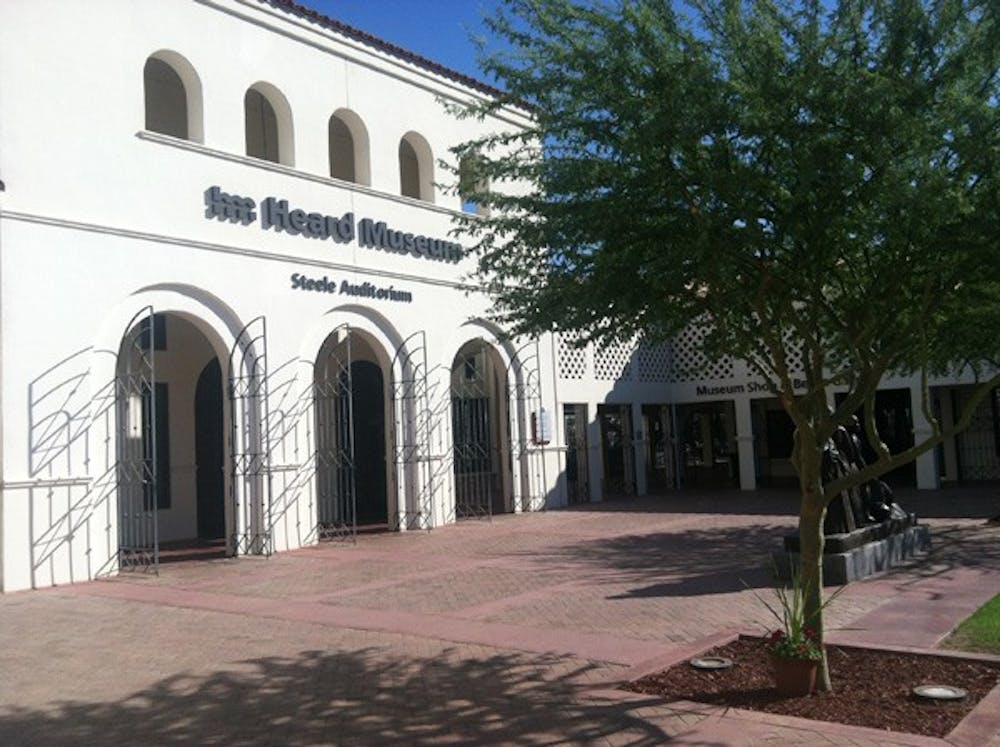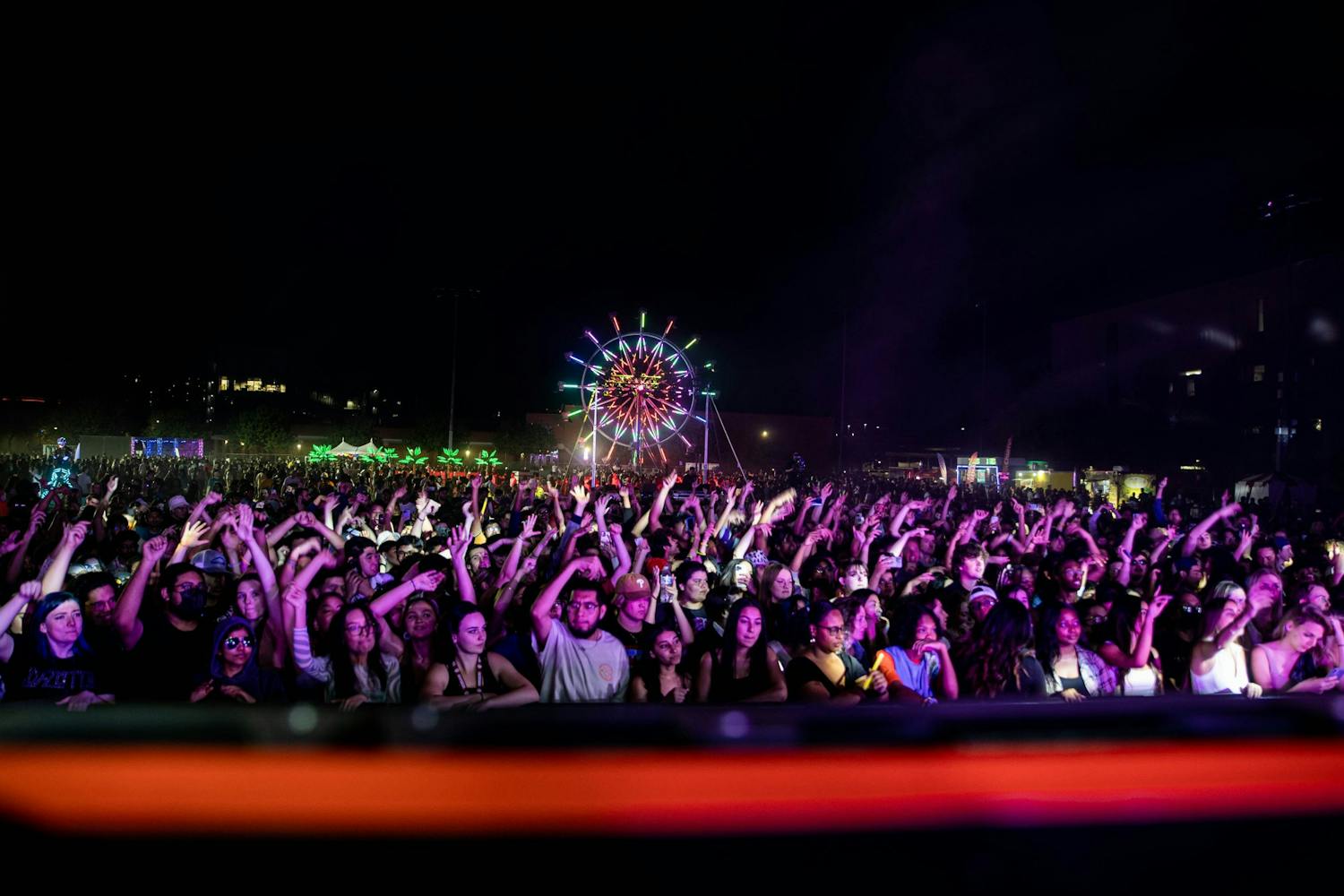Those versed in Moorish proverbs understand that “he who does not travel does not know the value of men.” People study abroad in France to understand the need for art, in China to unravel the significance in tradition, in Costa Rica to explore humankind’s place in natural paradise. Traveling is viewed as a physical departure from one locale to another in order to learn about the human experience, but the truth is that the benefits gained in traveling are only purely mental.
This is where museums come into play. Museums exist to provide this mental travel, to give the adventurous a venue of a different time and culture. Here in Phoenix resides one of the greatest travel opportunities within the U.S.: the Heard Museum.
The Heard Museum is proof that physical travel is not necessary to adopt a more holistic view toward one’s place in the world. By providing a stunning representation of Native American peoples, the longstanding Heard Museum in downtown Phoenix exposes a rich culture from right under the noses of Phoenix-natives, from which all locals can learn about the “value of men” right here, right now.
There is a quotation along the left wall upon entering the museum that properly reads, “From this work our life is brought forth.” The rooms to follow uncover a laudable art-centric heritage.
The Hopi section displays katsinas, the spirit messengers of the universe that represent all things in the natural world. Most people know what katsina (kachina) dolls look like, but few have encountered 400 dolls at one time in one concentrated collection. There are three walls stocked with colorful dolls. Shelf after shelf is illuminated with sea spray blues and plum reds and pale golds. Some dolls look benevolent; a plump bear-like katsina for a “night and day” ceremony appears clumsy with two bulging bug eyes, goofy red ears that flair sideways like two tongues, a jutting platypus bill and paws crossed over its skirted lap. Most, however, are frightening. One in particular — a towering Masau’u that looks like a speckled monster with sea anemones and jagged fangs on its face — hunches under a wide-brimmed feather hat.
A woman with two young children strolling by these katsina walls warned her son, “Watch out. They’re going to jump out and grab you.” One can’t help but fantasize this particular scene, where the glass vanishes as it is does in “Harry Potter: The Sorcerer’s Stone,” and the hundreds of dolls become animated and run rampant. It would be a horror scene — an aesthetically beautiful horror scene.
From here, the Heard only gets better. There is a life-size Navajo hogan, a home that smells like fresh sawdust in a woodworking classroom. Copper statues surround a courtyard garden in a powerful exhibition titled “Attitudes of Prayer,” which seeks to unite the human need for spirituality in a minimalistic way. The Story Room has knee-high stuffed sheep and a man-sized teddy bear slumped in an armchair.
There is an unsettling display in a spiraling hallway that recounts the Indian Boarding School System history. The winding hall is plastered with black and white photographs of children, and it ends with a turquoise armchair with long locks of black hair strewn about its base. A sign reads, “The next day the torture began.” There are vocal testimonials playing through an audio speaker, accompanied by a scissor-snipping sound that explains how Native peoples were forced to surrender their long hair for the school system. After the chair display, there is a replica school corridor with letterman jackets and trophies stashed in cases, school desks facing the front of a classroom and even a miniaturized basketball court.
A chamber titled “We Are! Arizona’s First People” pays homage to the 21 federally recognized tribal communities. A bizarre and vivid mural circumnavigates the top; there are guts spilling from slashed open rabbit stomachs, a tornado swirling McDonald’s golden arches into the sky along with cheeseburgers and television sets and a pregnant woman with a transparent belly.
As memorable as the images are throughout the entire Heard Museum, the history and details are just as fascinating. The Pueblo Revolt of 1680 successfully drove the Spaniards out of diminishing Pueblo territories, while Geronimo has become a pop culture symbol as the fierce Apache warrior. Just recently, a new exhibit opened that tells the stories of the Navajo Code Talkers who used their unique language to send cryptic messages during war.
The opportunity to expand the mind and heart is here at the Heard Museum. Visitors can become more in sync with nature, expand their poetic knowledge or learn about calligraphic symbols. Although the katsina dolls will not run rampant, or the torture chair snip any more hair, the Heard Museum is one of the most profound experiences here in the Valley.
Reach the reporter at jconigli@asu.edu
Source for Moorish proverb: http://matadornetwork.com/bnt/50-most-inspiring-travel-quotes-of-all-time/





